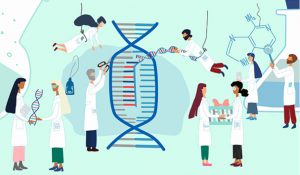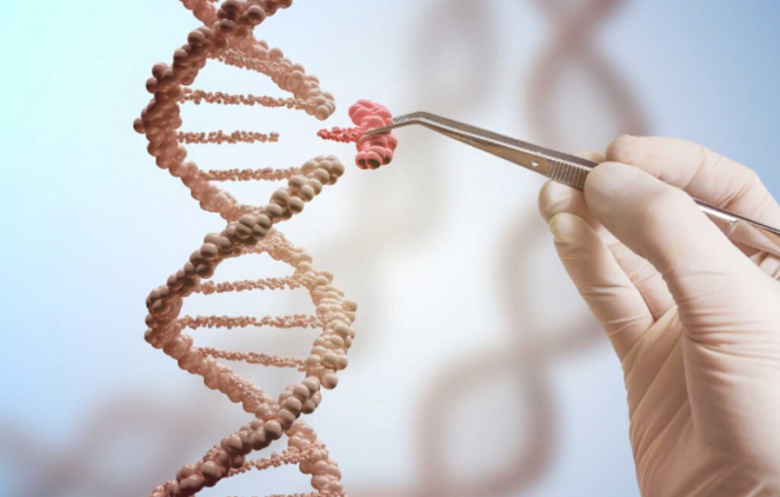The science behind genetic engineering has existed since the 1970s and has been in the popular imagination for much longer. What started as a cautionary tale from HG Wells in 1896 with “The Island of Dr. Moreau” has extended to six blockbuster Jurassic Park films, with the latest, Jurassic World: Dominion.
A consistent theme of all these works of speculative sci-fi fiction is turning discussions of genetic engineering and modification into cautionary tales of greed, hubris, and unintended consequences. In reality, genetic engineering has been at the forefront of medicine, biomedical research, agriculture, and industry breakthroughs. And the latest developments, including the modern CRISPR technique and its offshoots, have only accelerated the applications and opened up new doors of possibility.
CRISPR, which stands for clustered regularly interspaced short palindromic repeats, is a microbial “immune system” that gives prokaryotes – bacteria and archaea – the ability to recognize precise genetic sequences.
By recognizing those genetic sequences, scientists can, in the words of biological chemist Yan Zhang, “go to a position in our genome and make a DNA edit. The goal is to change a particular trait or to cure a congenital genetic disease. In essence, scientists can identify, isolate, snip and edit DNA strands like a pair of tiny scissors.
Many scientists, including Zhang, have made breakthroughs using CRISPR technologies, with two pioneers even receiving a Nobel prize in Chemistry in 2020. “In comparison to previously existing technologies … CRISPR stands out from the pack because of its incredible high-efficiency precision, cost-effectiveness and it is so easy to command.”
While CRISPR technologies have revolutionized research for the past decade, there are concerns and a need to create a better understanding in the general public. There are also discussions about how CRISPR and genetic engineering aid animal and plant conservation and even de-extinction. And coupled with ethical concerns, there are also experts on applications and issues related to social justice.
The concerns over genetic engineering and gene editing get at another substantive part of being human. “For thousands of years, we have identified the human soul and our identities,” said Ben Novak, a lead scientist at Revive & Restore, an organization focused on enhanced biodiversity through the genetic rescue of endangered and extinct species.
“With the discovery of DNA, it has become the modern representation of that concept – to be human. The idea of tampering with it is like tampering with the core of defining what we are. Of defining what nature is. I would rather have an altered version of nature than no nature at all,” Novak said.


